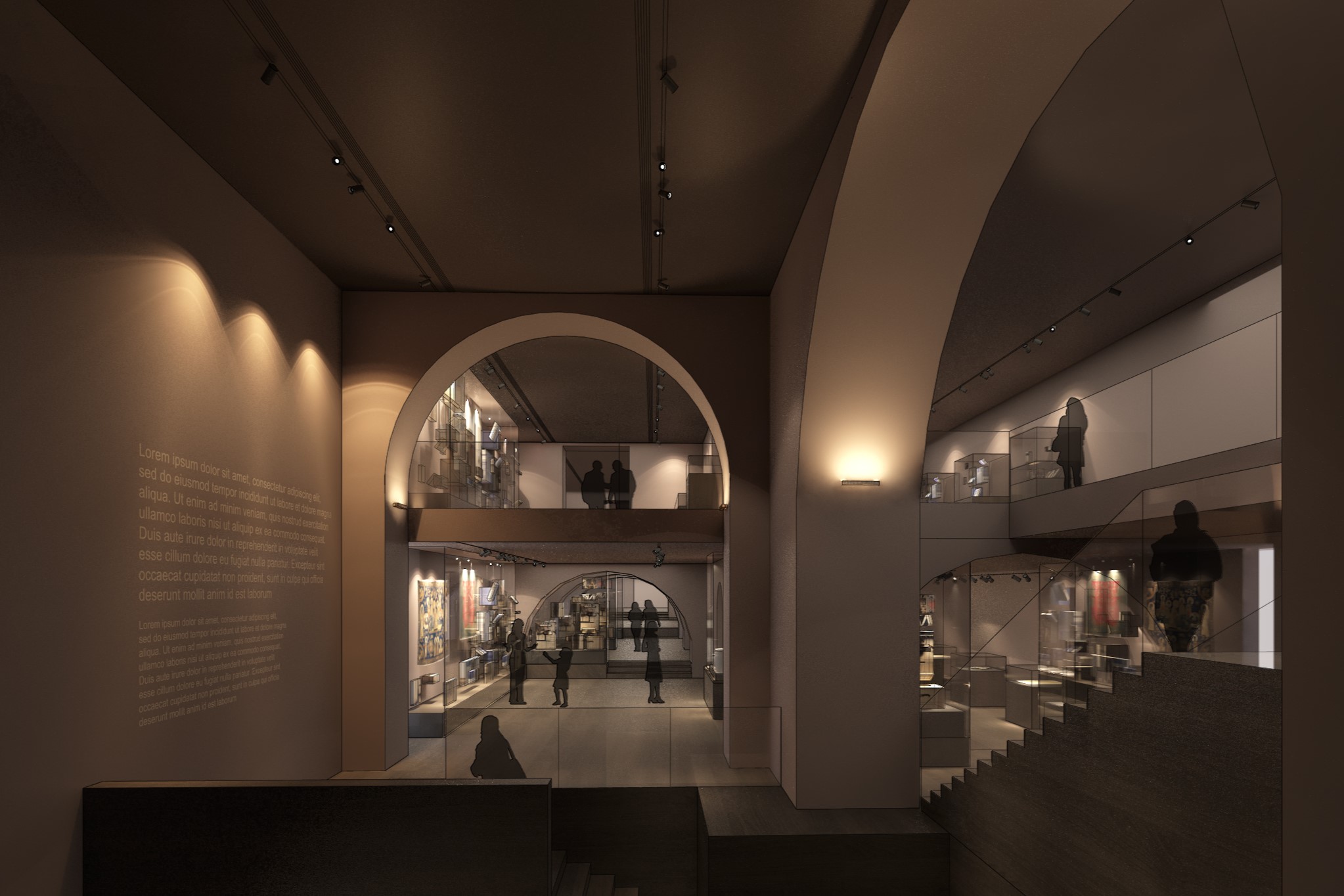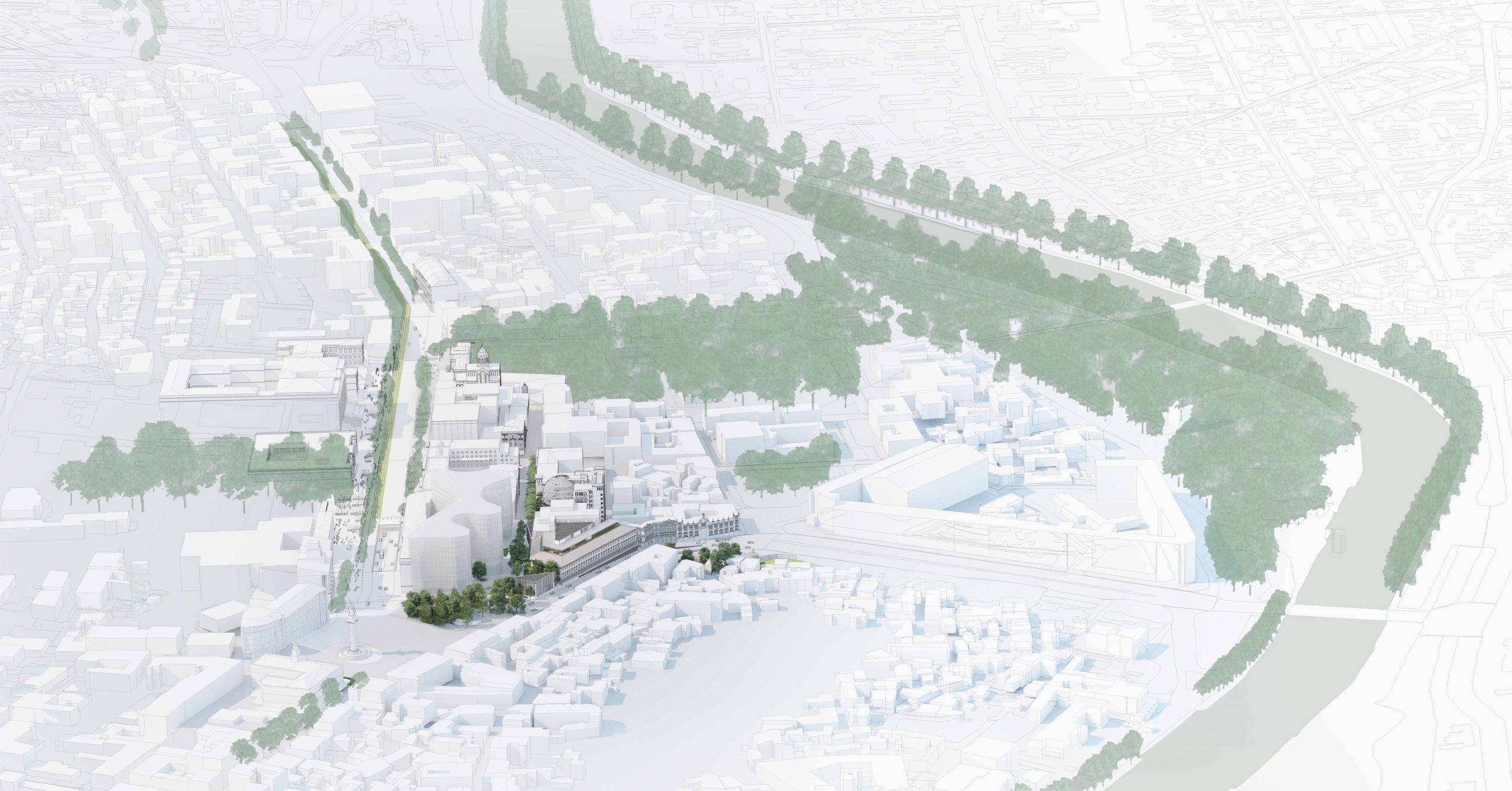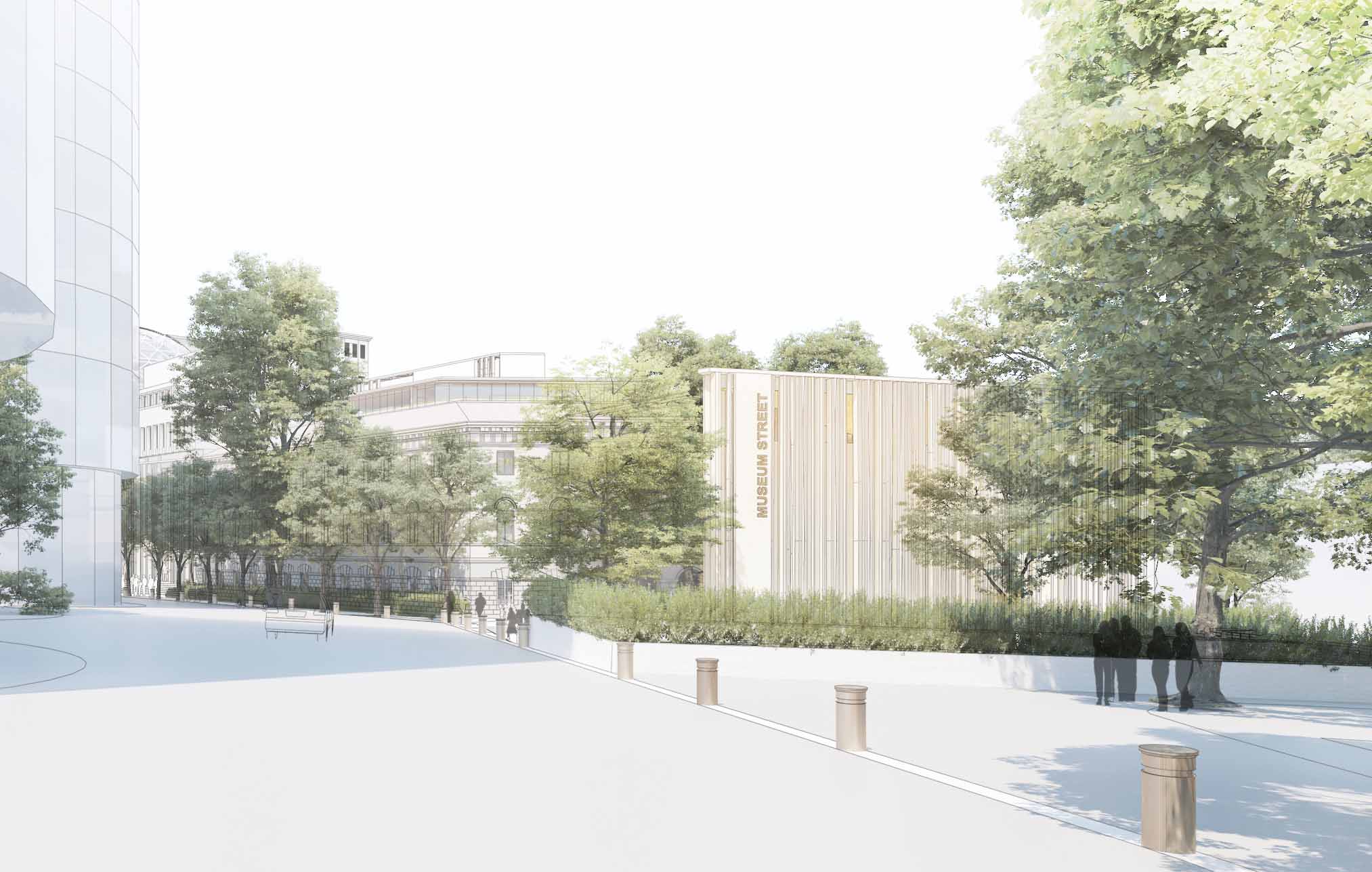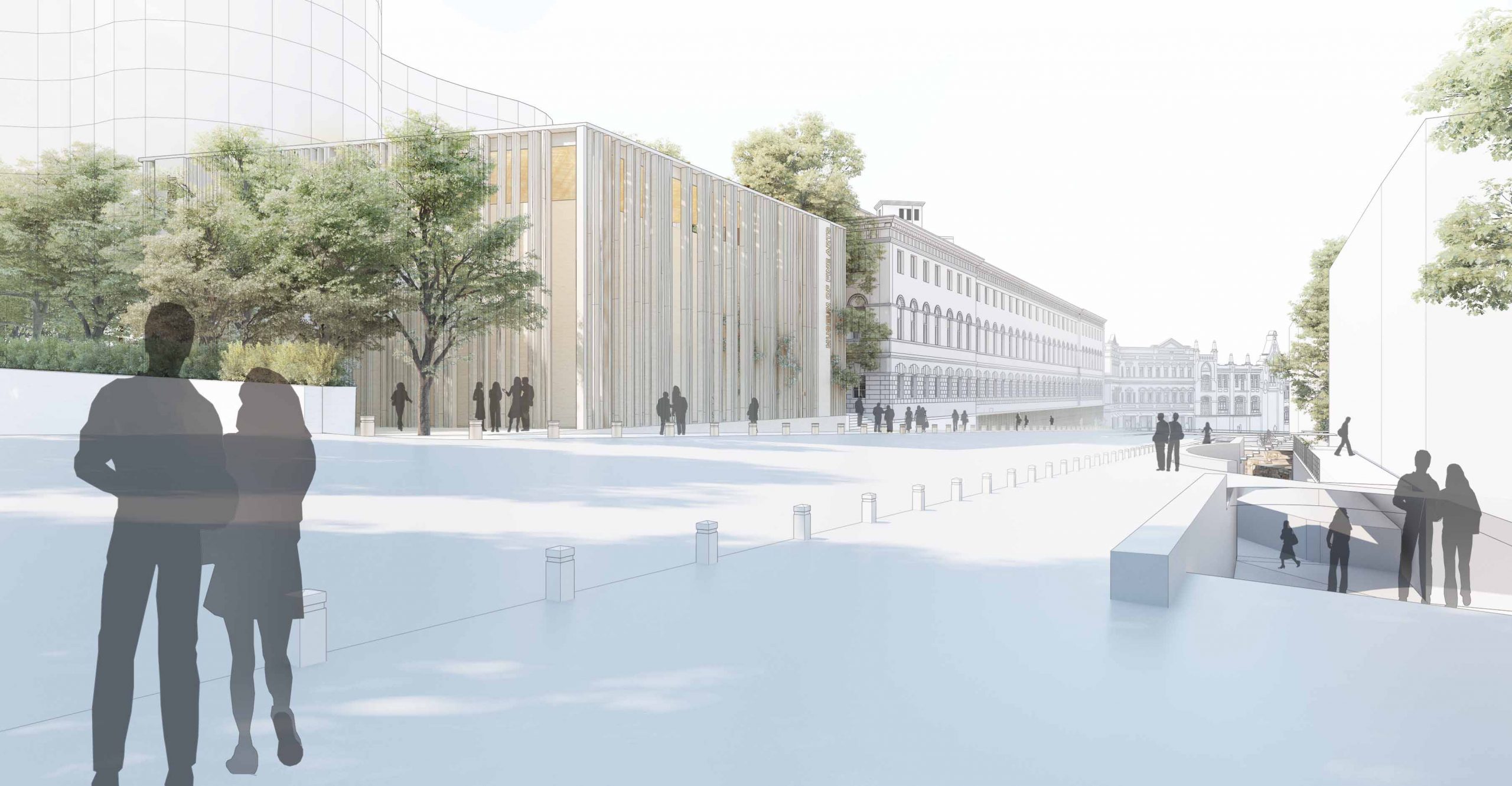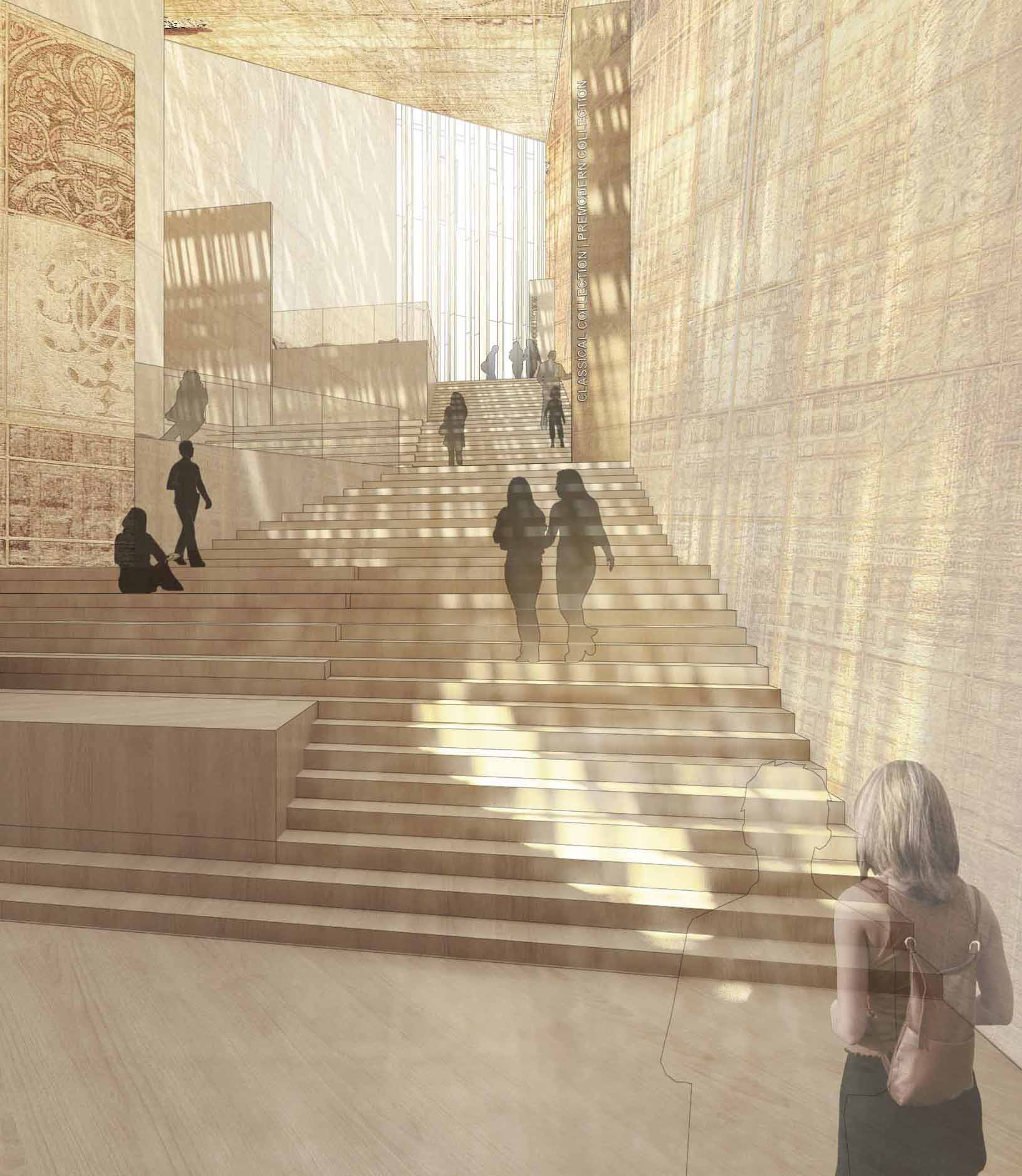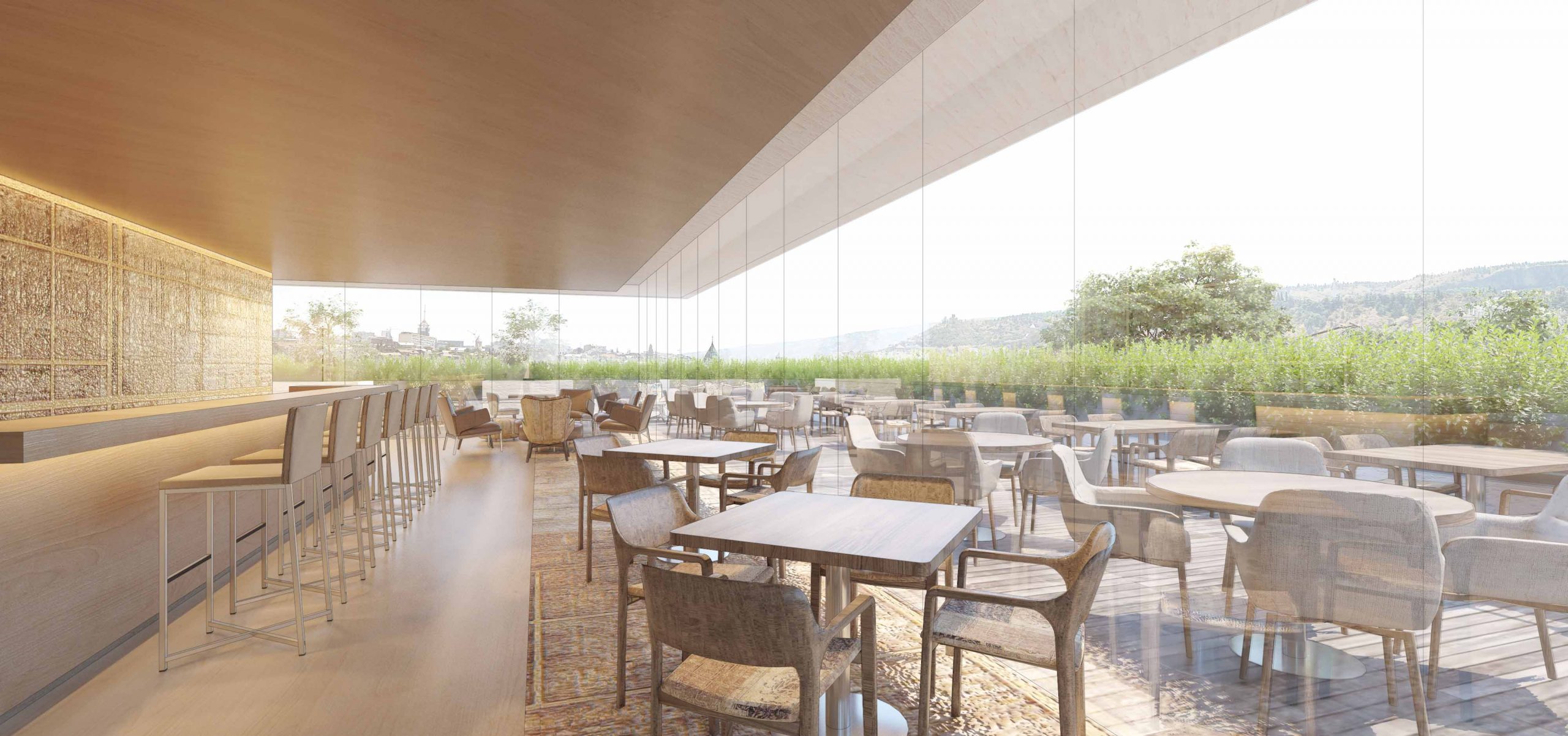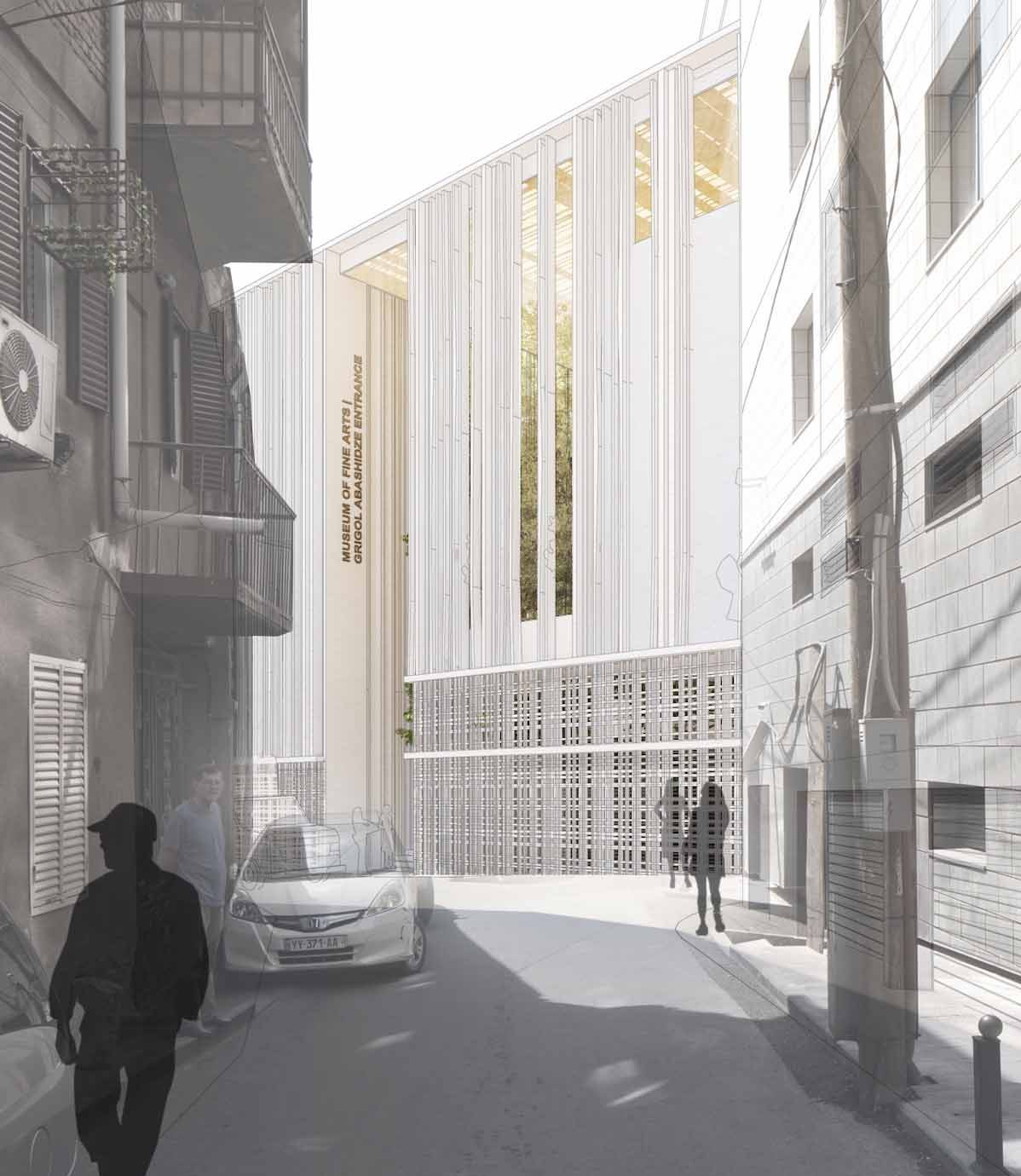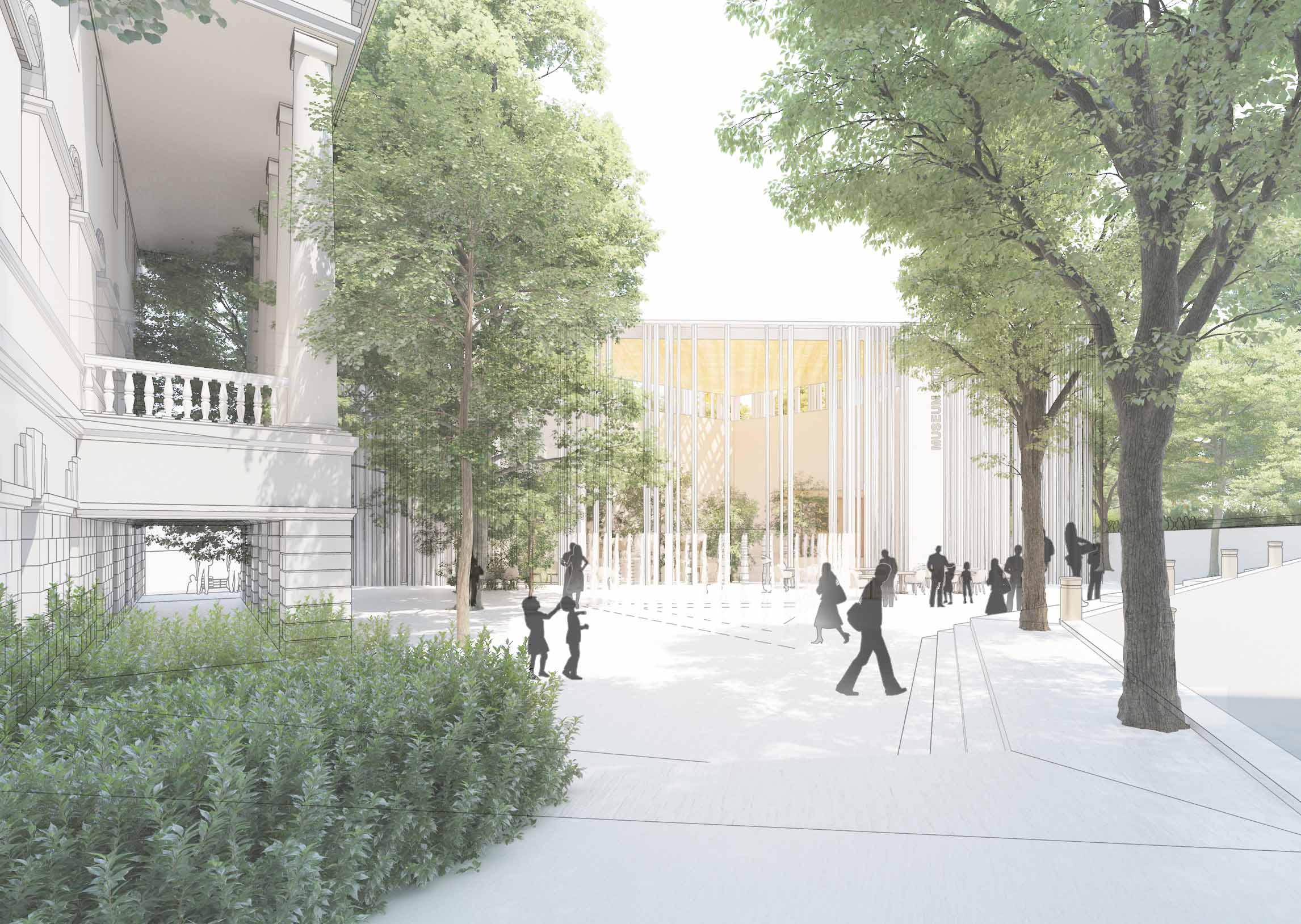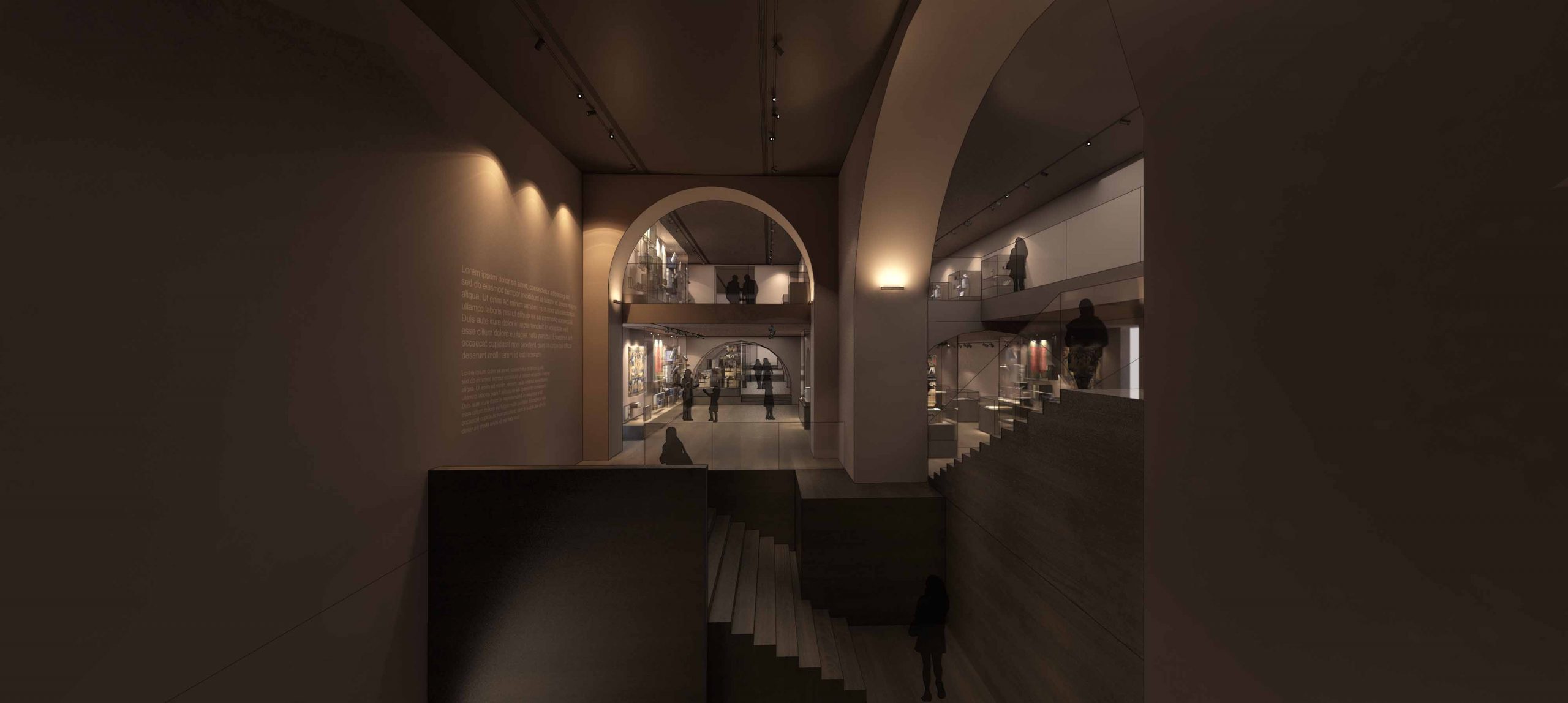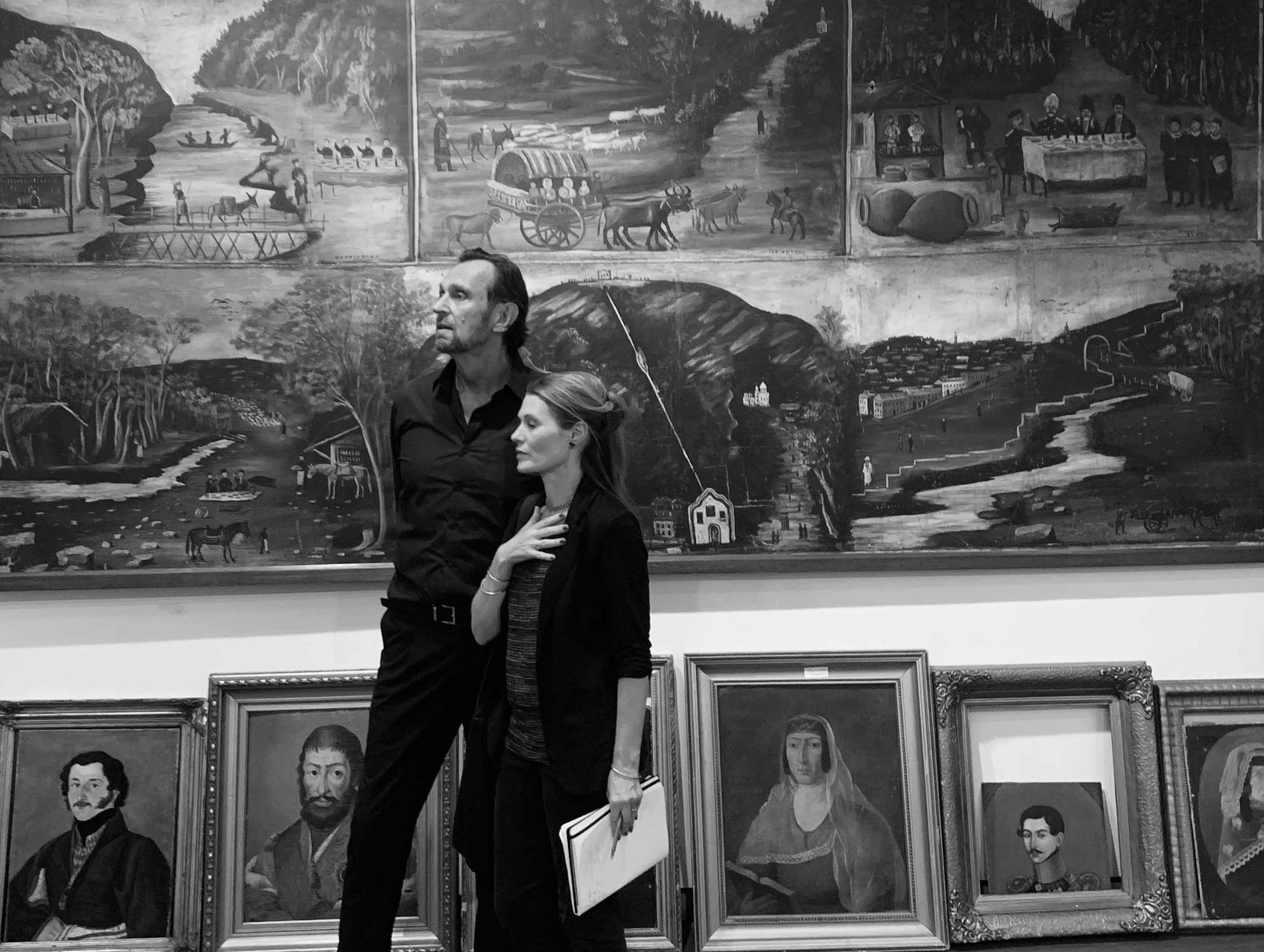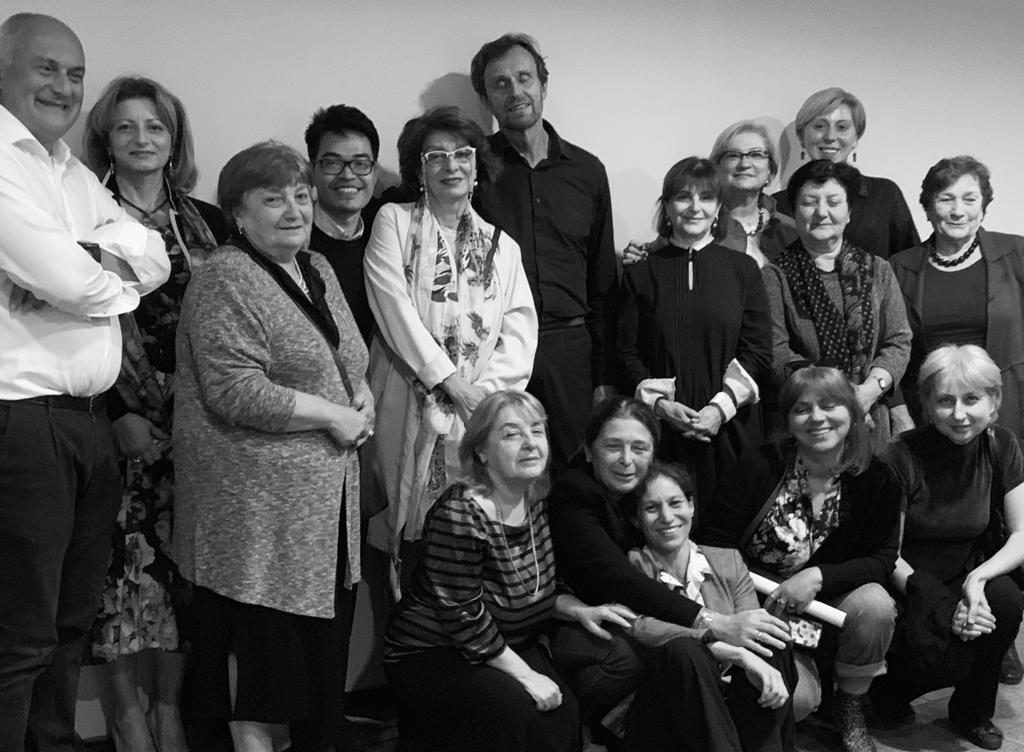
Tbilisi Fine Arts Museum, Tbilisi, Georgia
Architects
Jean-François Milou, principal architect
Lam Nguyen, designer in-charge
Nguyen Thanh Trung, design manager
Luong Trung Hieu, Design team member
Le Tran Ngoc Linh, Design team member
Client
Georgian National Museum
Area
11,000 m2
Consultancy Service scope
Conceptual Design, Detailed Design
Contract Period
2019- ongoing
The New Fine Arts Museum
The design for the new Fine Arts Museum (‘FAM’) will position the Georgia National Museum’s (‘GNM’) as one of the most acclaimed cultural institutions in Georgia.
A spectacular and yet sensitively contextualized design, the new FAM constitutes a major piece in the creation of a large cultural, scientific, religious complex within Tbilisi linking the cherished cultural institutions that embellish Gudiashvili Street, including the National Library and the Simon Janashia Museum and the Kashveti Church.
The FAM collections embody layers of narratives from Georgia, the wider region and beyond, expressed through outstanding artworks that traverse over a millennium. From pre-historic artefacts to Hellenistic and Roman sculpture; from early Christian icons to the portraiture of the Ottoman and Persian Empires; from the Romantic and Expressionist movements to Soviet and post-Soviet eras: the collections reflect the extraordinary cultural diversity people, life and creativity lived in and passing through Tbilisi.
The new FAM design will reflect two main directions:
1. The inter-connectedness of Georgia’s artistic and creative life with scientific and religious life, and the many opportunities for greater knowledge and deeper cultural identity which an inter-disciplinary approach within the FAM allows.
2. The long-held and continuing place of Tbilisi as a cultural centre within Georgia, and of Georgia as a cultural heart within the South Caucasus with extensive connections beyond the region.
These directions are reflected in the signature elements of the design, gateways and a rooftop opening the existing building to the street and cityscape, and unifying disparate urban elements through visual connections. Guiding these directions as an overarching ambition is to recreate the FAM as one of the most spectacular public institutions in Tbilisi, as befits its mandate as a place for displaying and interacting with artworks. To reach this goal, the design’s appeal should be wide and far-reaching; able to attract the general public as much as visitors from further afield.
The design unashamedly aims for the beautification of the existing building and the creation of direct visual and atmospheric links with the surrounding streets. A strong and dignified institution, open in all directions through stunning gateways and views, will unify through architecture and its curatorial programmes this quarter of arts, history and science. At the same time, the new FAM will establish the highest standards of adaptive reuse of existing buildings, and contribute to culture’s place-making potential within the city’s urban development.
The General Concept for the New Fine Arts Museum
A long awaited renaissance of the Fine Arts Museum, beginning with the beautifully restoration of this historic building’s most important features, and leading to the seamless articulation of respectful design interventions built largely around the existing structures: monumental gestures echoing an architectural garden, a forest of thin vertical columns, supporting blades of golden stain glass, emerging from all angles, capturing the colours of Tbilisi’s historical fabric, of Georgia’s landscapes, compelling the public to come, to learn, to explore, and reflect.
In this part of the city entre, subject to vehicular traffic, a strong architectural statement counters the movement and noise, offers a sanctuary for the community and a place for all with its monumental grace, confident defiance of constant movement, and deference to the historical fabric of the city with its natural stone river shades.
Capturing the attention of visitors with a plan, people passing without a plan, the new Fine Arts Museum is a place that emanates warmth and a sense of respite, offering something more than elsewhere, a gateway to a place and a precinct where time slows amongst the beauty and learning. Where Georgian culture and identify, past and present, are celebrated in the atmosphere and motifs, colours and shapes.
A screen of thin columns support a stain glass ceiling of honey-like shades echoing the soft wax of church offerings and the Kura river, and filtering views, taming the light and providing a peaceful golden environment within the entrances and the internal public spaces of the Museum. This light and color scheme set the tone for all of the interiors of the Fine Arts Museum, while the restoration of the historical building ranges among white, off-white, and light grey color schemes.

